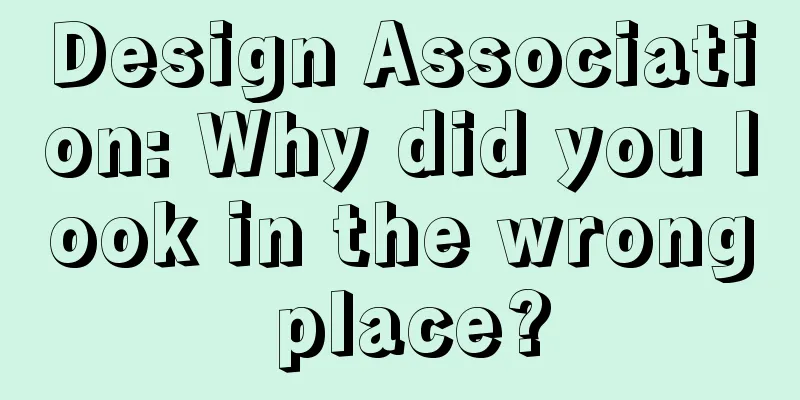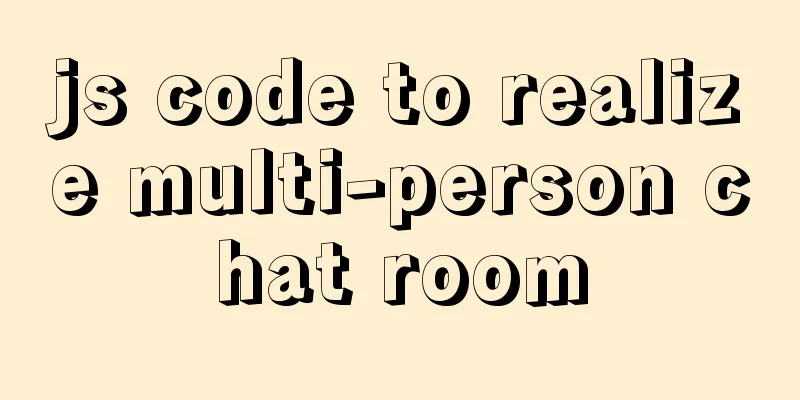Design Association: Why did you look in the wrong place?

|
I took the bus to work a few days ago. Based on my experience and observation of the actual usage scenarios of bus card readers, the location and style of the card reader made me think for a while. Let’s take a look at a few stories about me and the bus card reader. Scene 1 – So confusing! It turns out this is not a card machine! In Beijing, people usually get on the bus through the front door and get off through the back door. If this is not the case, the people getting on the bus will squeeze the people getting off and make it difficult for them to get off. One day I was waiting for the bus after get off work. With the surging crowd, I squeezed into the bus from the front door. My first reaction was to swipe the card. I looked up and saw a box on the right. I swiped it without thinking, because I had only seen such a thing similar to a card reader. After swiping it for the first time, I began to wonder: What's wrong? There is no response. I swiped it a second time out of habit, but there was still no response. I simply gave up swiping and continued to squeeze in. After a moment of distraction, I realized that the card reader was on the left. My first reaction at this time was: I'm so stupid! There were too many people, and many people were squeezed so hard that they could only fight back, so they had no time to look around. In this scenario, more than half of the people made mistakes. This time, it was not the card reader that caused my mistake, but the box that made people mistake it for a card reader. I am an old hand in taking the bus, but I was fooled the first time. I was standing not far from the door. When the bus arrived at the Chengfu Road South stop, the door had just opened and the two foreign girls standing in the front were squeezed in by the people behind them. The foreign girls who had just squeezed in were urged by the driver: "Get in, swipe your card and go inside!", of course in an imperative tone. I saw two beautiful foreign ladies holding cards in their hands, looking for the card machine. Their first reaction was still the box on the right, so they swiped it several times continuously, then bent down and stared at the card reader carefully, muttering in stiff Chinese "Why can't it be swiped? Why can't it be swiped?", and swiped it a few more times with a frown. At this time, the driver was already impatient and shouted, "On the right, go forward!" The two foreign beauties were so impressed that they just walked straight in. They didn't even see the actual card reader, and probably thought they had punched in, but there was just no feedback. (We can regard these two beautiful foreign ladies as novices) In the next few days, I saw a lot of people going to swipe that box! Later on, no one used the box anymore. No matter how crowded or noisy the car was, people still had to find the real card reader to swipe their cards. (Note that the word "find" is used here) Scenario 2 – Left or Right? The card swipe machines on buses are usually on the right side. I felt it was very easy to use at first and there was nothing special about swiping the card. Until one time, I got on the bus with the crowded crowd and raised my card to swipe, only to find that it was empty! I looked around hurriedly, "Oh, it's on the left." So I reached my right hand around my body to brush it. Of course, when I looked at other people, they were actually doing the same thing as me. One of them even complained, "Why is the car on the left? Shouldn't it be on the right?" In the following observations, I found that more people looked at the right side first, and then looked at the left side when there was no card reader on the right. Some people simply shook their heads to look left and right, and then chose the side with the card reader. But I have an obvious feeling that the card reader is on the left, so I have to move my right hand around my body to swipe the card, which is a bit awkward! When the card reader is on the right hand side, I feel it is smoother. Observe myself and summarize: right-handed behavior makes it easy for people to develop the habit of swiping cards with the right hand. Otherwise, it will cause minor inconvenience to most people. Of course, if you insist on putting it on the left, I have no objection. This habit is not that serious in usage. The key is, it’s best to put them aside and not let people exercise their reaction ability when swiping their cards when getting on the bus. Scene 3 – I just swiped it and it didn’t work.  At the beginning, the area of the card reader that could be used to swipe the card only occupied a quarter of the entire area, and the bus card had to be attached to it before it could be swiped. So when I swiped the card, I swiped it on it without thinking too much, oh! Not brushed on! Observe again, brush downwards, there is not much reaction, brush again! At this time, the ticket seller reminded me: "You have been swiped! Go forward!". In subsequent observations, we often saw the scene of brushing several times. No wonder, the feedback indication is not obvious at all (it is still red text on a black background, and the numbers are hard to notice), and the feedback sound is mostly inaudible in the noisy and crowded traffic, especially during rush hour. Later, one of my classmates talked to me about the bus card and said excitedly: "Now you can swipe it even if you are a little distance away! It is really easy to use!" I smiled and asked back: "Why are you so excited?"... I also privately designed a layout for the bus card as follows:  Advantages : 1. I ensured that the card swiping area is themed, and the card reader is mainly used for swiping. 2. Ensure that the feedback of card swiping is obvious (for example, a large green light is used in the card swiping area to indicate that the card has been swiped, and a large red light is used to indicate failure. No response means no feedback. 3. Auxiliary display of how much money has been deducted and how much balance is left. 4. Other non-user essential signals are hidden on the side or back. Improvements : 1. Usability of the card swipe area. 2. Remove or hide non-important information: bus routes, unit prices, signal strength, etc. 3. The significance of card swiping feedback. At least my layout is easy to use. I don’t think I need to say more about how to design it better! Care about your real users, their habits, and their environment. Also, it’s best to turn yourself into a user. |
<<: How to display a small icon in front of the browser URL
>>: How to analyze MySQL query performance
Recommend
Details of using vue activated in child components
Page: base: <template> <div class="...
How to use cookies to remember passwords for 7 days on the vue login page
Problem Description In the login page of the proj...
Tips for viewing text in Linux (super practical!)
Preface In daily development, we often need to pe...
Getting Started with Nginx Reverse Proxy
Table of contents Overview The role of reverse pr...
10 HTML table-related tags
In fact many people will say “I’ve seen that table...
How to choose between MySQL CHAR and VARCHAR
Table of contents VARCHAR and CHAR Types Conclusi...
Detailed explanation of HTML page embedding video and JS control switching video example
First, the HTML code to embed the video in the pag...
Detailed steps for Linux firewall configuration (based on yum warehouse configuration)
Preface This experiment prepares two virtual mach...
MySQL 5.7 installation and configuration tutorial under CentOS7 (YUM)
Installation environment: CentOS7 64-bit, MySQL5....
MySQL 8.0.12 installation and configuration method graphic tutorial
Record the installation and configuration method ...
Detailed explanation of how to configure the tomcat external server in HBuilderX to view and edit the jsp interface
1. The first method is to start the local tomcat ...
A brief summary of how to write paths when HTML files introduce external CSS files
1. Import the basic style of external CSS files U...
An article explains Tomcat's class loading mechanism
Table of contents - Preface - - JVM Class Loader ...
How to import txt into mysql in Linux
Preface When I was writing a small project yester...
Detailed explanation of the principle and function of Vue list rendering key
Table of contents The principle and function of l...









